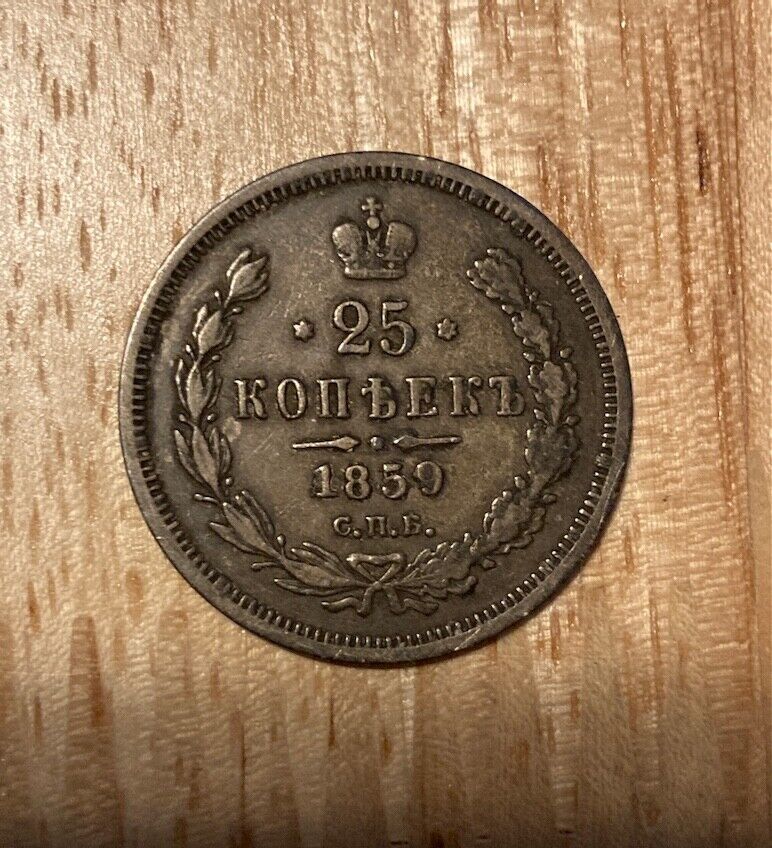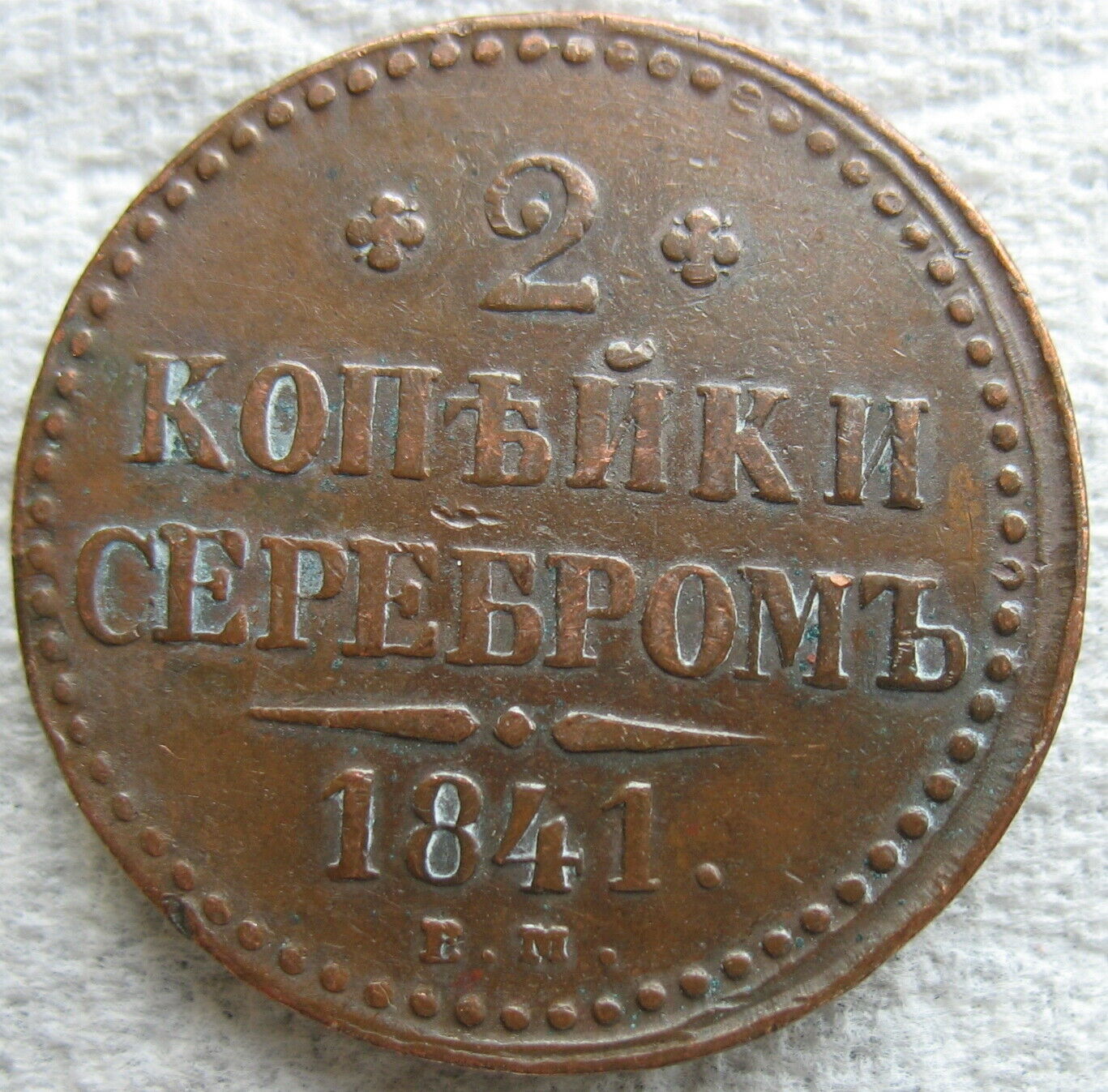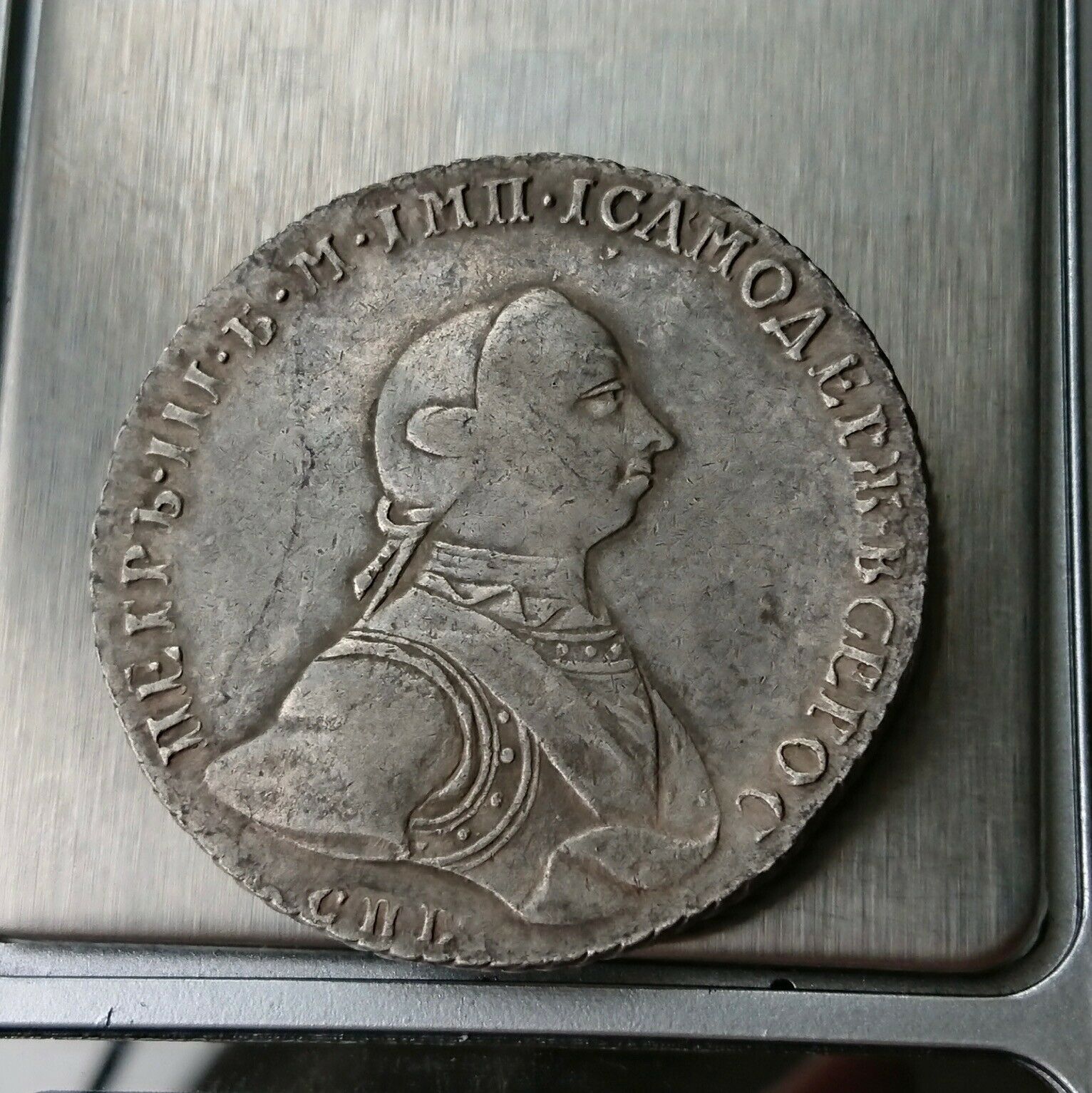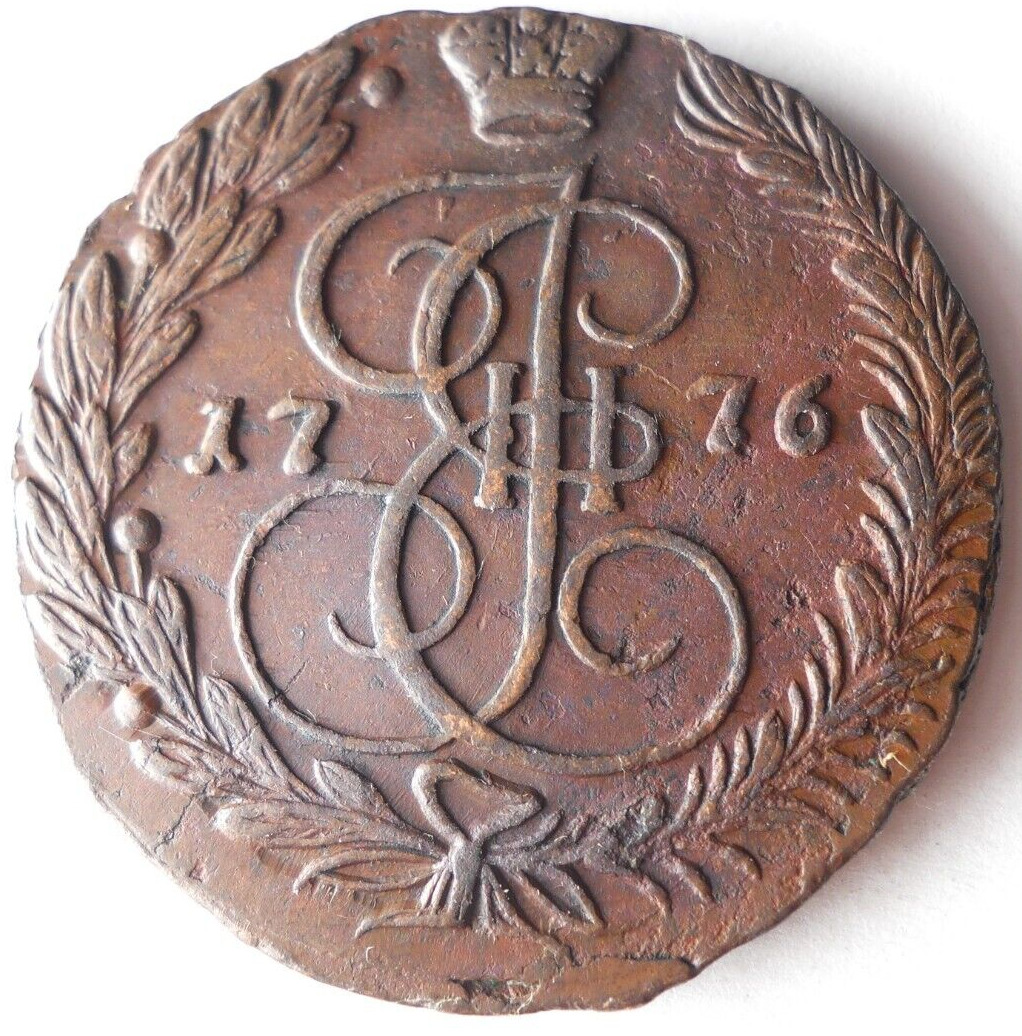-40%
1836 Russian 5 Kopeks Coin Emperor Nicholas I GENUINE Large coin
$ 45.93
- Description
- Size Guide
Description
1836 Russian 5 Kopeks Coin Emperor Nicholas I GENUINE Large coin bkadiameter 36 mm
23 grams
Double-headed eagle
coin
Ivan III (ruled 1462-1505) made the black double-headed eagle an official emblem of the Russian state and it featured as a design motif in the regalia of the Russian Imperial Court, until the fall of monarchy in 1917. ... In 1992 the Russian Federation restored it to the state coat of arms.
Nicholas I (Russian: Николай I Павлович, tr. Nikolay I Pavlovich; 6 July [O.S. 25 June] 1796 – 2 March [O.S. 18 February] 1855) reigned as Emperor of Russia from 1825 until 1855. He was also the King of Poland and Grand Duke of Finland. He has become best known as a reactionary whose controversial reign was marked by geographical expansion, economic growth and massive industrialisation on the one hand, and centralisation of administrative policies and repression of dissent in another. Nicholas had a happy marriage that produced a large family; all of their seven children survived childhood.[1] His biographer Nicholas V. Riasanovsky says that Nicholas displayed determination, singleness of purpose, and an iron will, along with a powerful sense of duty and a dedication to very hard work. He saw himself as a soldier—a junior officer totally consumed by spit and polish. A handsome man, he was highly nervous and aggressive. Trained as an engineer, he was a stickler for minute detail. In his public persona, says Riasanovsky, "Nicholas I came to represent autocracy personified: infinitely majestic, determined and powerful, hard as stone, and relentless as fate."
He was the younger brother of his predecessor, Alexander I. Nicholas inherited his brother's throne despite the failed Decembrist revolt against him and went on to become the most reactionary of all Russian leaders.
Nicholas I was instrumental in helping to create an independent Greek state, and was also successful against Russia's neighbouring southern rivals as he seized the last territories in the Caucasus held by Persia (comprising modern day Armenia and Azerbaijan) by successfully ending the Russo-Persian War (1826–28). By now, Russia had gained what is now Dagestan, Georgia, Azerbaijan and Armenia from Persia, and had therefore at last gained the clear upper hand in the Caucasus, both geopolitically as well as territorially. He ended the Russo-Turkish War (1828–1829) successfully as well.
Later on, however, he led Russia into the Crimean War (1853–1856), with disastrous results. Historians emphasize that his micromanagement of the armies hindered his generals, as did his misguided strategy. Fuller notes that historians have frequently concluded that "the reign of Nicholas I was a catastrophic failure in both domestic and foreign policy." On the eve of his death, the Russian Empire reached its geographical zenith, spanning over 20 million square kilometers (7.7 million square miles), but had a desperate need for reform.












